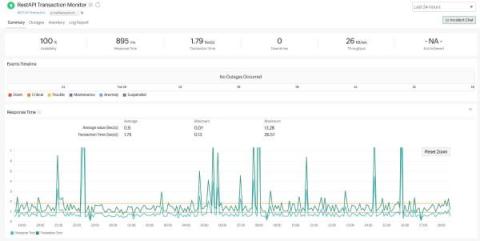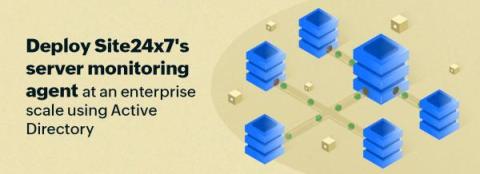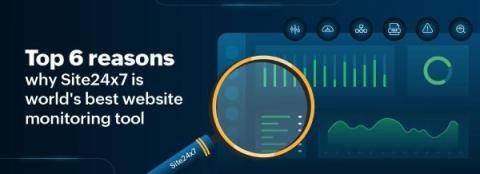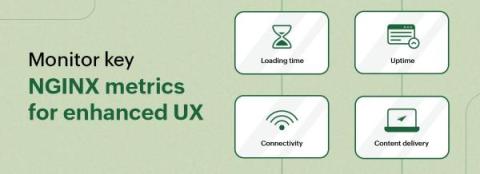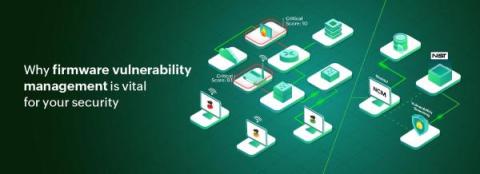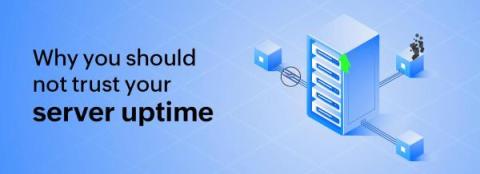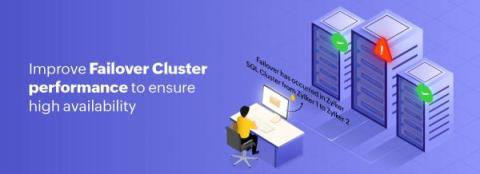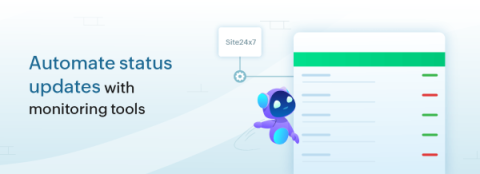12 best practices for DevOps and IT teams to handle monitoring alerts
"Music is noise that makes sense," said author Yann Martel, implying that if a sound doesn't make sense, then it is perceived as just noise. Noise can thus be defined as any alert that affects our senses and disturbs our peace without adding any value. The digital age drowns us in stimuli of all kinds all the time, making the struggle to ignore noise in order to filter for sense harder than ever.



